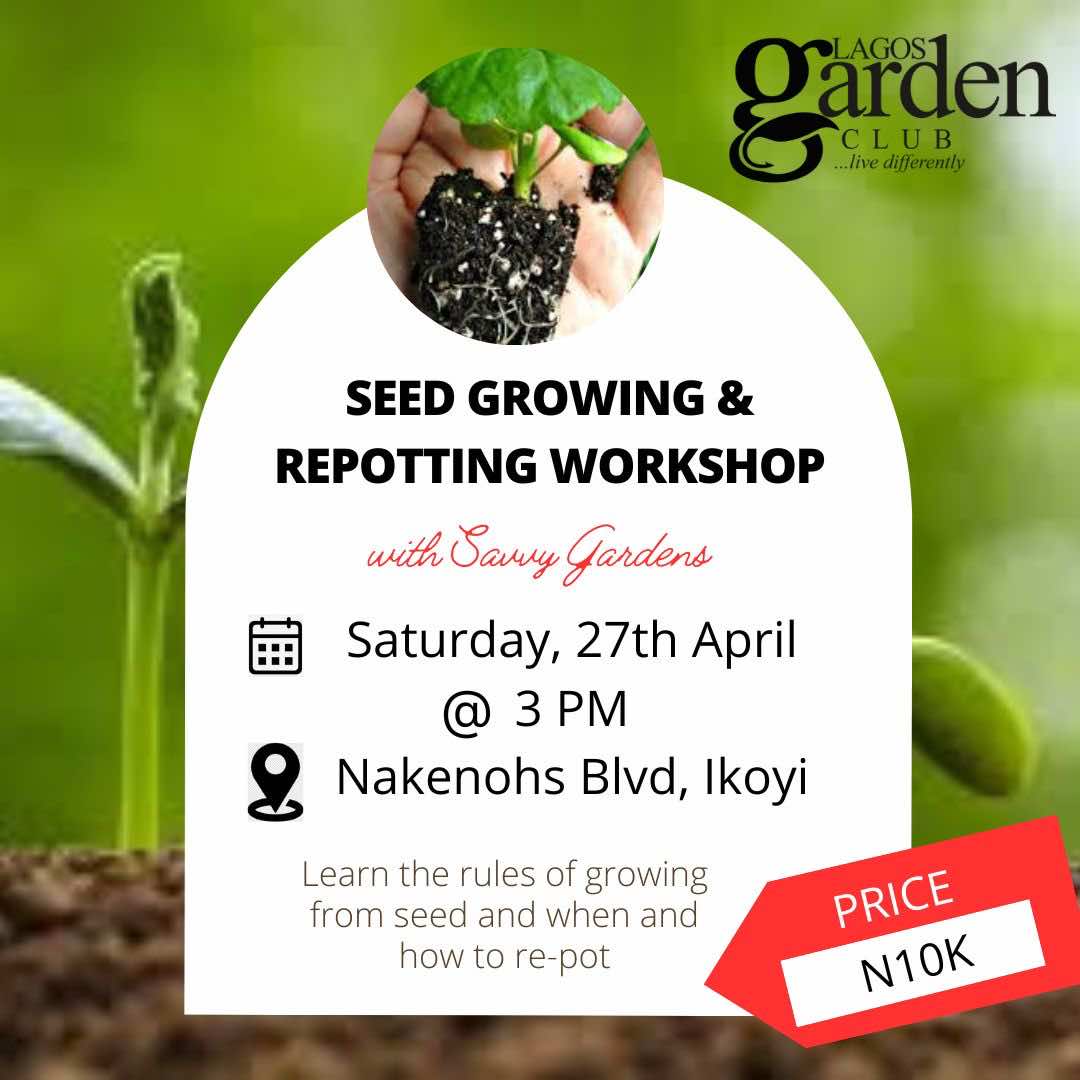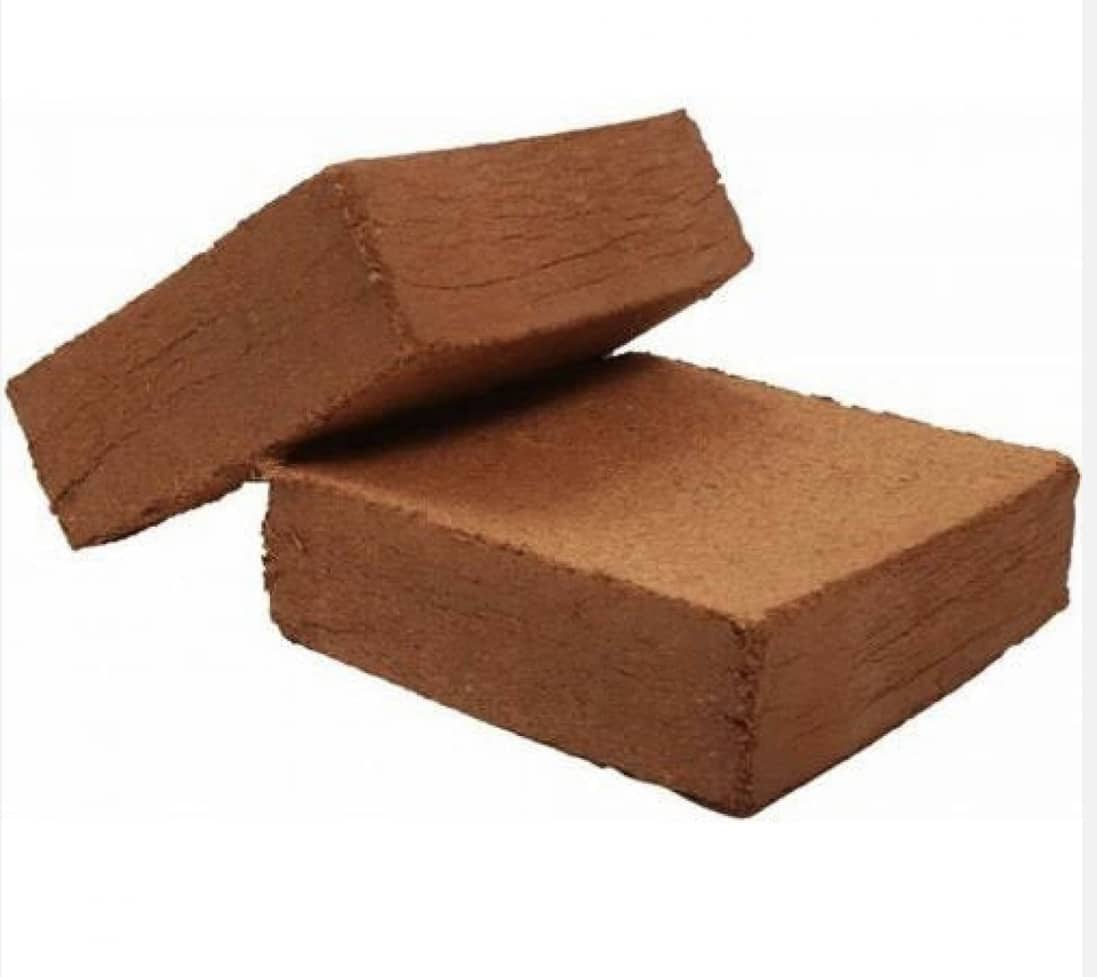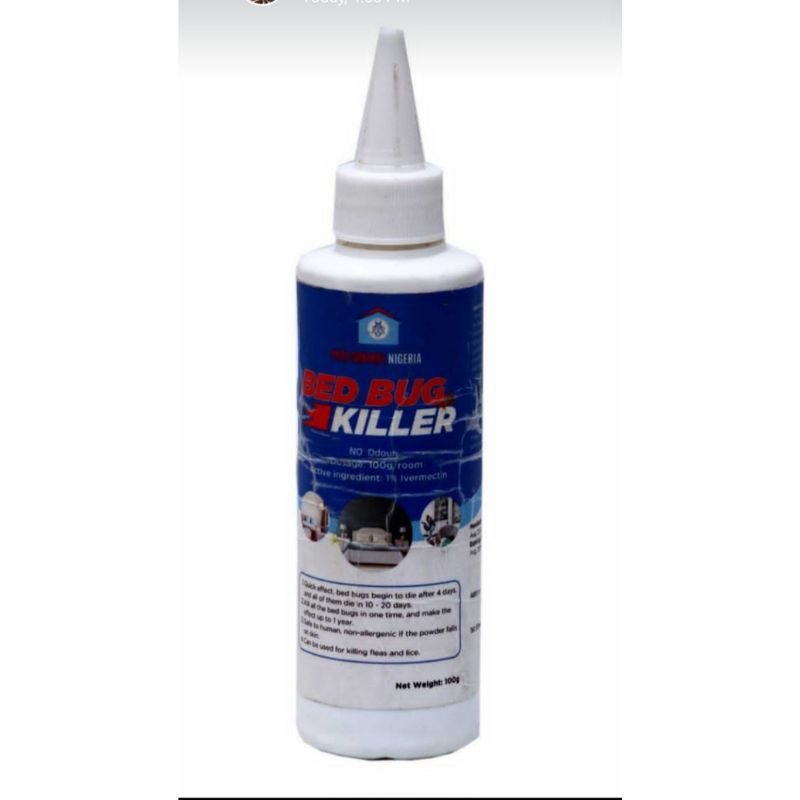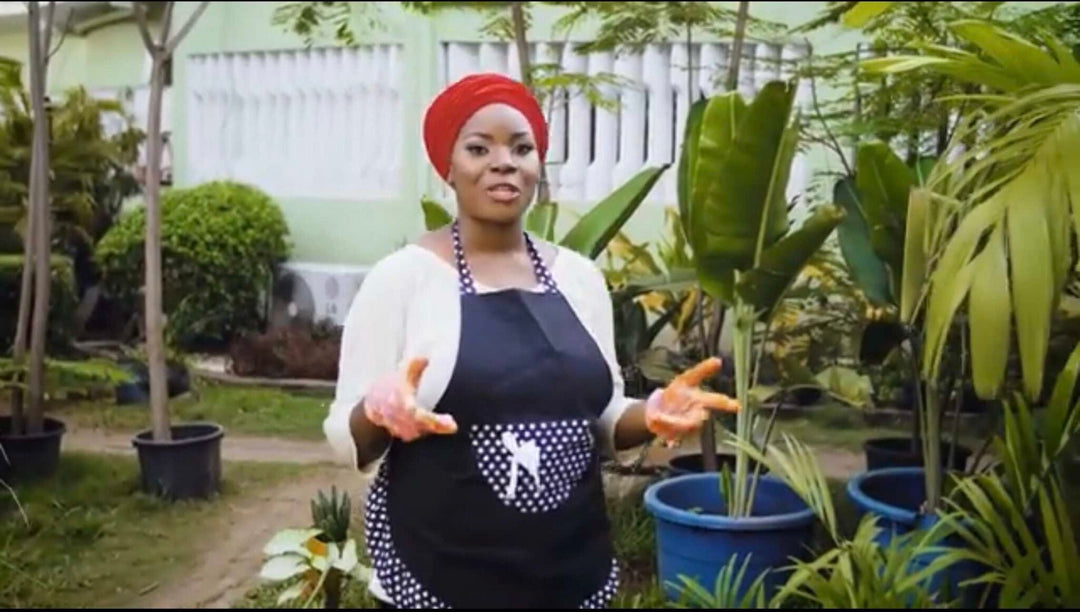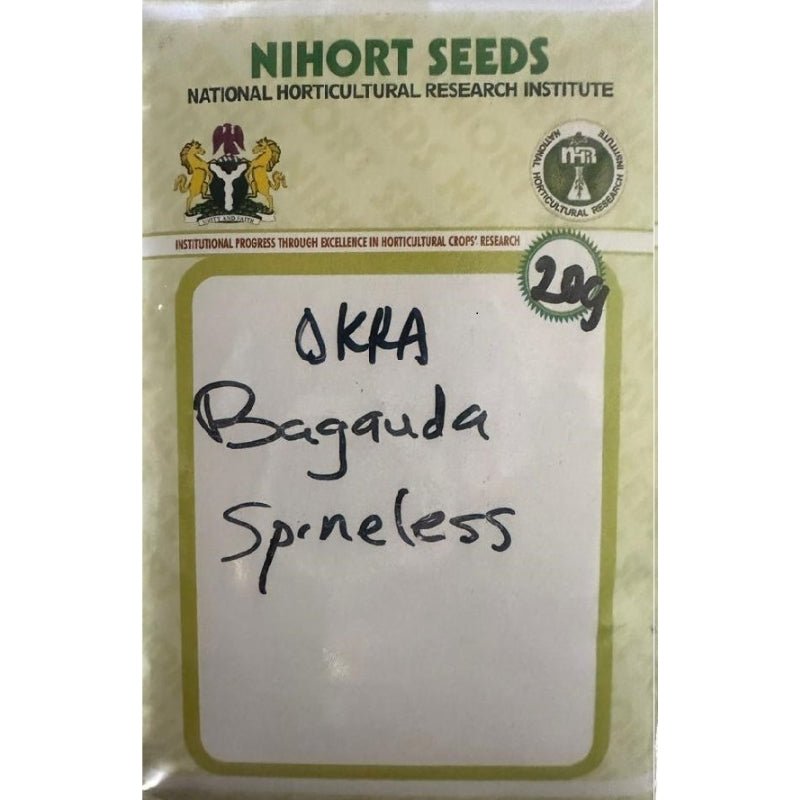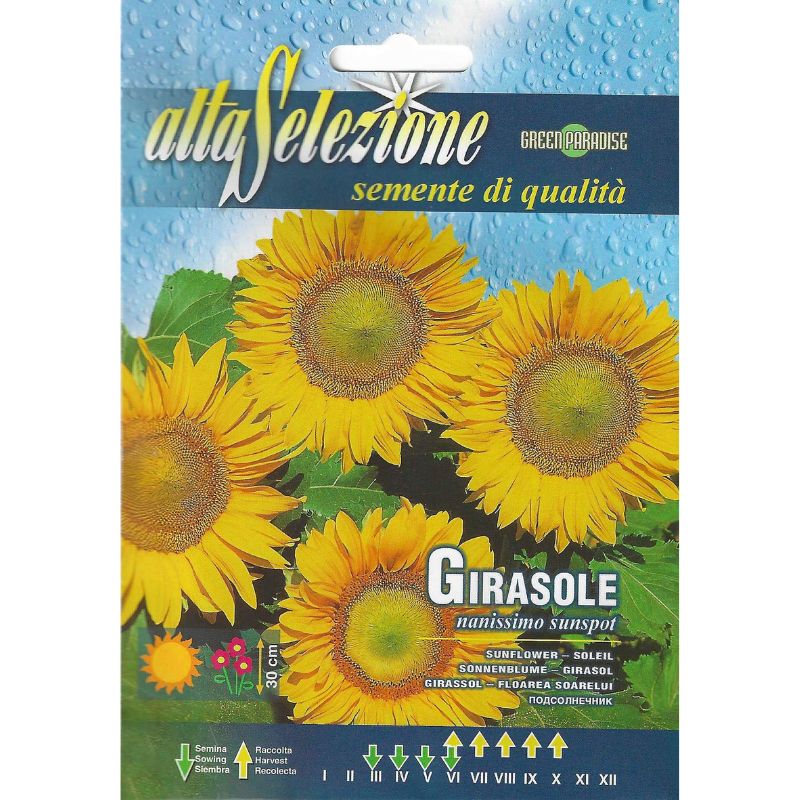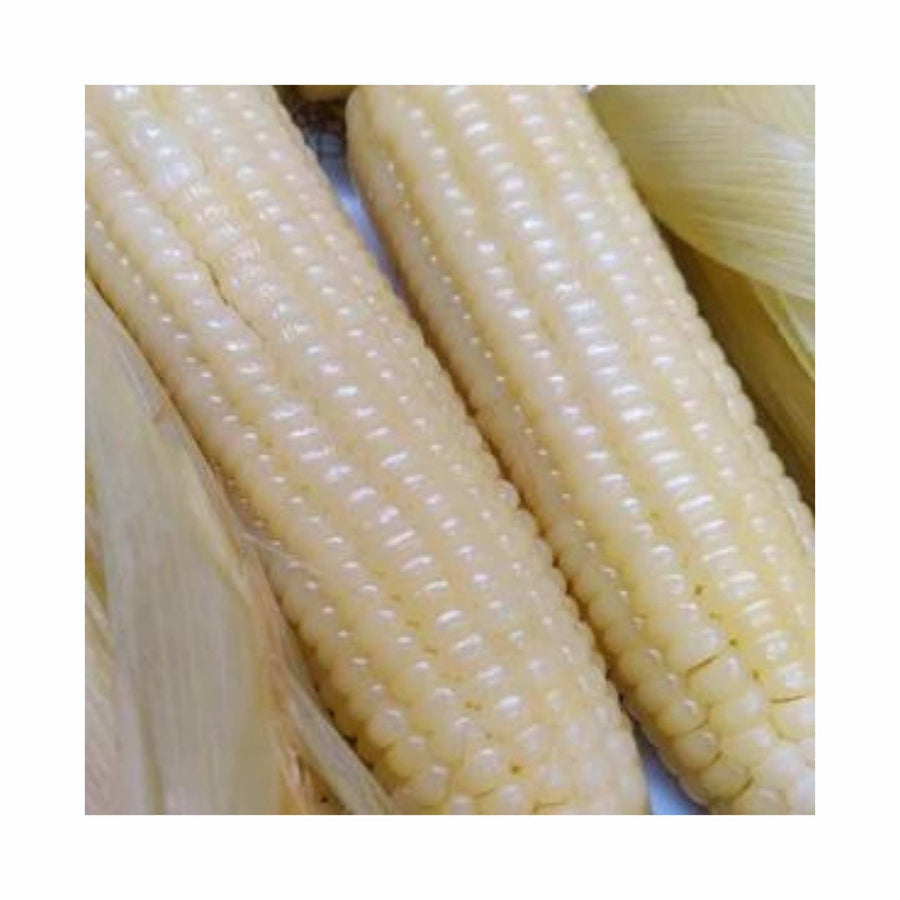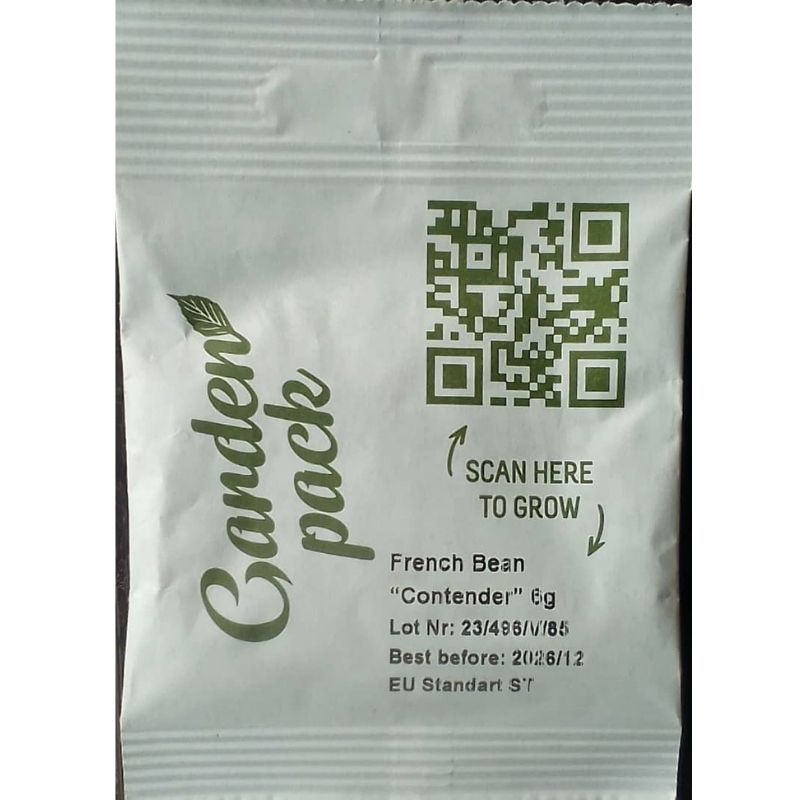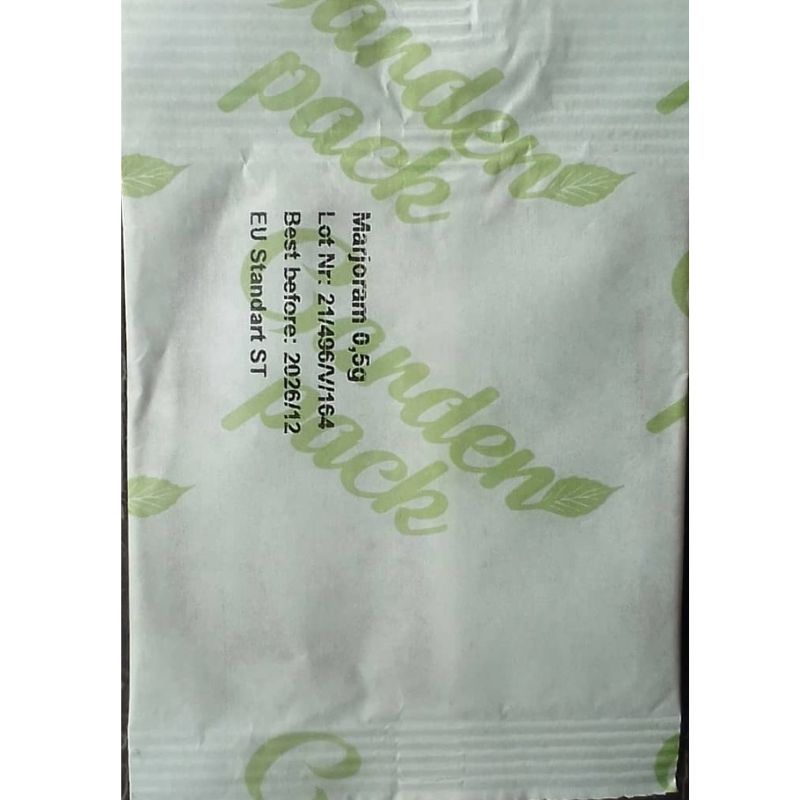How to Start Seeds?
Propagating plants can take many forms but one of the classic methods is by using seeds. This type of propagation is known as sexual propagation. Seeds are a result of the fertilization of the ovules of a flower. After successful pollination, fertilization occurs which leads to the development of the seed. It is accompanied by the enlargement of the ovary which matures into a fruit enclosing the seed.
Inside each mature seed is an embryo ready to germinate when the conditions get favorable and an endosperm which acts as a food reserve. There are different types of seeds and they have varying length of germination period depending on the viability, cultivar or environment.
Types of Seeds
Seeds are categorized differently depending on its ability to retain moisture during storage.
Orthodox seeds are those seeds that could dry up to 12% and be stored for a long period. They undergo dormancy and would usually need treatment to induce germination.
Recalcitrant seeds are the opposite of orthodox seeds. They cannot be dried otherwise they will lose their viability. They are those seeds that can be planted right away.
Intermediate seeds, on the other hand, can tolerate partial drying of up to 12 to 15% but less than that, it will no longer be viable.
Seed Selection
Choosing high quality seeds is of utmost importance if you want to have healthy plants in the future. It should be disease-free, clean, and is not contaminated with weed seeds, insects, soil remnants and other debris.
To ensure that you acquire viable seeds, purchase from reliable sources.

Seed Treatment
Some seeds need specific treatment before they germinate. Seeds with hard coats may need scarification or chemical treatment while others need to be soaked in water until they are fully hydrated. In most cases, seeds can be planted directly on soil.
What is important is that you check the packet of your seeds for specific instructions on how to treat them before sowing. Make sure to also note the germination rate indicated as this will tell you the percentage of seedlings that you could expect to emerge.
Germinating Media
Prepare a soilless potting media that has been previously sterilized. Amendments such as sand, perlite, vermiculite, and peat can be used to achieve a medium that is highly porous and has high water retention capacity. Seed-starting mixes should be finer in texture than in potting mixes. This allows easy penetration of the germinating seedlings.
There are also commercial seed-starting mixes available in the market that you can purchase for straight use.

Seed-starting Trays and Pots
Seed trays or growing pots are needed to serve as the initial container of your growing seedlings. There are various types of trays and pots that you could use. You can recycle materials such as empty toilet paper rolls, coffee cups, egg trays and egg shells, milk or juice carton boxes to serve as growing pots for seeds. They are a great way to reuse materials instead of letting them go to waste.
There are also ready made seed trays that you could purchase. They usually vary in sizes and these trays have a particular number of cells where you can sow the seed individually. One advantage of this is that you don’t need to do thinning anymore.
Seed Germination
Seeds germinate once the conditions around become favorable and suitable for growth and development. There are four important factors that influence germination namely: water, oxygen, light, and temperature.
Water
The absorption of water or what we call imbibition is the first step in germination. Seeds need to be hydrated to break their dormancy. Make sure to water the seeds regularly after it is sown in order not to delay the germination process.
Oxygen
Air is also important for seeds to germinate. Once the embryo starts developing, the respiration process increases. Therefore, more oxygen supply is needed. That is why it’s critical that the medium is well-aerated. Otherwise, the seed could die.
Light
Although some seeds could germinate even without light, there are some that require the presence of it. Lettuce is an example of a crop that needs light to germinate. What you could do is to press the seeds to the medium but refrain from covering it.
Temperature
The rate of germination is determined by temperature. The normal range for most seeds is between 65 to 75oF (18 to 24oC). However, there are seeds that need specific temperatures to grow. You can measure the temperature of the soil and make adjustments if necessary.
If the temperature is lower than required, you can move the seed trays to a warmer place. If the soil temperature is higher, you can do the opposite.
Seed Labels
Putting labels on the seed trays is crucial when you are starting seeds. Sometimes it could be difficult to recognize which seeds are already sprouting from your trays. Save yourself the trouble and put in labels right after you sow them.
Starting seeds can be an easy task but it is important that you take it seriously. Always remember to be patient and do not kill your seedlings with kindness (Over watering). Your goal is to produce healthy and vigorous seedlings that you can transplant and grow in the near future.


